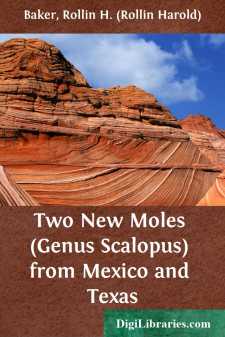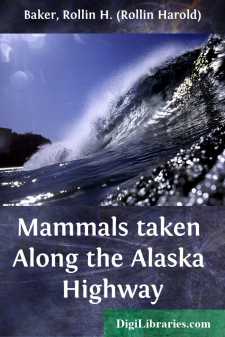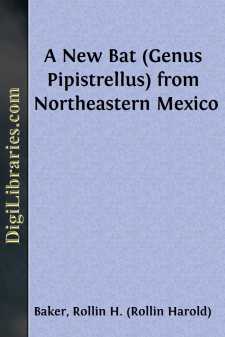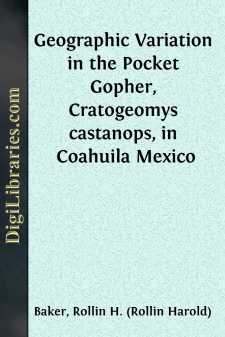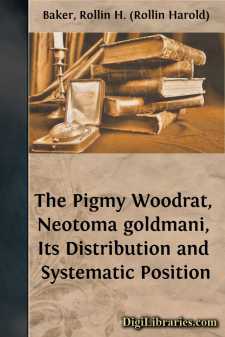Categories
- Antiques & Collectibles 13
- Architecture 36
- Art 48
- Bibles 22
- Biography & Autobiography 813
- Body, Mind & Spirit 142
- Business & Economics 28
- Children's Books 12
- Children's Fiction 9
- Computers 4
- Cooking 94
- Crafts & Hobbies 4
- Drama 346
- Education 46
- Family & Relationships 57
- Fiction 11828
- Games 19
- Gardening 17
- Health & Fitness 34
- History 1377
- House & Home 1
- Humor 147
- Juvenile Fiction 1873
- Juvenile Nonfiction 202
- Language Arts & Disciplines 88
- Law 16
- Literary Collections 686
- Literary Criticism 179
- Mathematics 13
- Medical 41
- Music 40
- Nature 179
- Non-Classifiable 1768
- Performing Arts 7
- Periodicals 1453
- Philosophy 64
- Photography 2
- Poetry 896
- Political Science 203
- Psychology 42
- Reference 154
- Religion 513
- Science 126
- Self-Help 84
- Social Science 81
- Sports & Recreation 34
- Study Aids 3
- Technology & Engineering 59
- Transportation 23
- Travel 463
- True Crime 29
Rollin H. (Rollin Harold) Baker
Rollin Harold Baker was a distinguished American zoologist and mammalogist, renowned for his extensive research on the mammals of North America. Born on April 11, 1916, he contributed significantly to the understanding of mammalian biology and ecology through his field studies and publications. Baker served as the director of the Natural History Museum at Michigan State University, where he influenced many students and researchers in the field of zoology.
Author's Books:
Sort by:
In the spring of 1950, a field party from the University of Kansas Museum of Natural History including J. R. Alcorn, W. J. Schaldach, Jr., George Newton, and the author collected mammals in the Mexican state of Coahuila. A few days were spent in the Sierra del Carmen. One morning when examining sets for pocket gophers in these mountains, Alcorn found a mole caught in one of the traps. Subsequent...
more...
INTRODUCTIONMammals from along the Alaska Highway were obtained for the University of Kansas Museum of Natural History in the summers of 1947 and 1948 by Mr. J. R. Alcorn, field representative of the Museum. He and his family visited Alberta, British Columbia, the Yukon Territory and Alaska in an automobile and trailer from June 9, 1947, to September 6, 1947, and again from June 8, 1948, to August 24,...
more...
The eastern pipistrelle, Pipistrellus subflavus (Cuvier) in the western part of its range, occurs along the RÃo Grande and its tributaries as far west as northern Coahuila and Val Verde County, Texas. Specimens from those places represent a heretofore undescribed subspecies which may be named and described as follows: Type.—Female, adult, skin and skull; No. 48270, Univ. Kansas Mus. Nat. Hist.;...
more...
The University of Kansas Museum of Natural History received from J. R. Alcorn and Albert A. Alcorn a sizable collection of mammals taken in the summer of 1951 in Alaska. In addition to visiting localities at which they had collected in 1947 and 1948 (see Baker, Univ. Kansas Publ., Mus. Nat. Hist., 5:87-117, 1951) the Alcorns obtained specimens from localities not previously visited in the vicinity of...
more...
The plateau pocket gopher, Cratogeomys castanops, inhabits open lands from southeastern Colorado southward onto the Mexican Plateau as far south as southern San Luis Potosà and southeastern Zacatecas and southeastward to the Coastal Plain of northern Tamaulipas. This species occurs at elevations from as low as 26 feet at Matamoras in Tamaulipas to as high as 8700 feet in valleys of south-eastern...
more...
Forming the northeastern border of Mexico, Tamaulipas extends in an elongated, north-south direction from the Temperate into the Torrid Zone and contains faunal elements from both the Nearctic and Neotropical regions. The mammals are less known than those from some of the bordering states; for the most part collecting has been limited to a few localities, chiefly along the Pan-American Highway....
more...
Neotoma goldmani Merriam, the smallest known member of the genus, inhabits rocky areas in the elevated desert regions of the northern part of the Mexican Plateau (Mesa del Norte). Goldman (N. Amer. Fauna, 31:82, October 10, 1910) had for study ten specimens from two localities in Coahuila. Since his report, Dalquest (Louisiana State Univ. Studies, Biol. Sci. Ser. No. 1:162, December 28, 1953) extended...
more...
Long-eared bats obtained by field parties from the University of Kansas in the Mexican states of Coahuila, Nuevo León, and Tamaulipas, are found to belong to the species, Myotis evotis, but are not referable to any named subspecies. They are named and described as follows: Myotis evotis auriculus new subspecies Type.—Female, adult, skin and skull; No. 55110, Univ. Kansas Mus. Nat. Hist.; 10 mi. W...
more...


